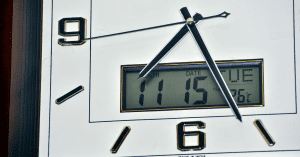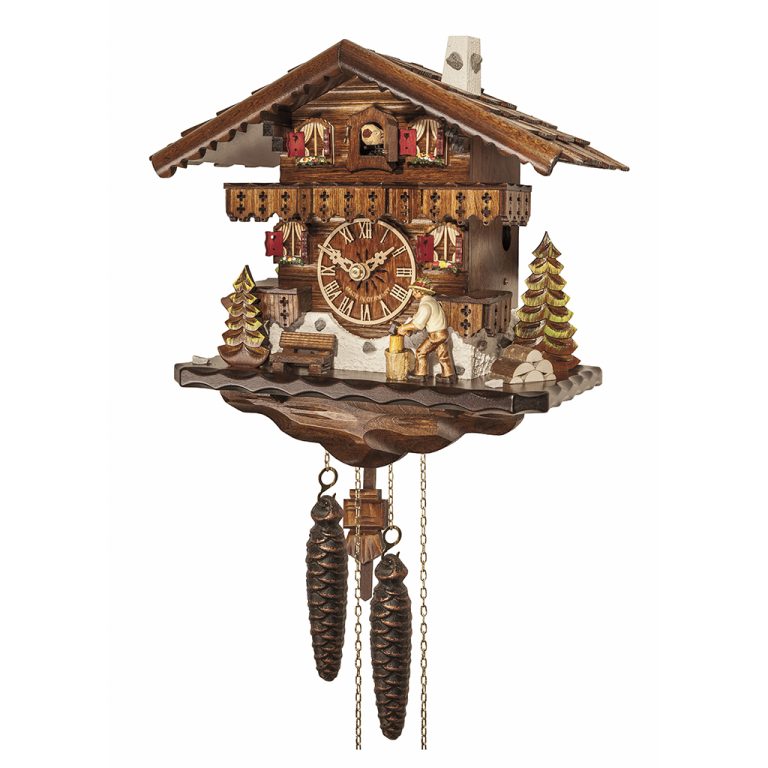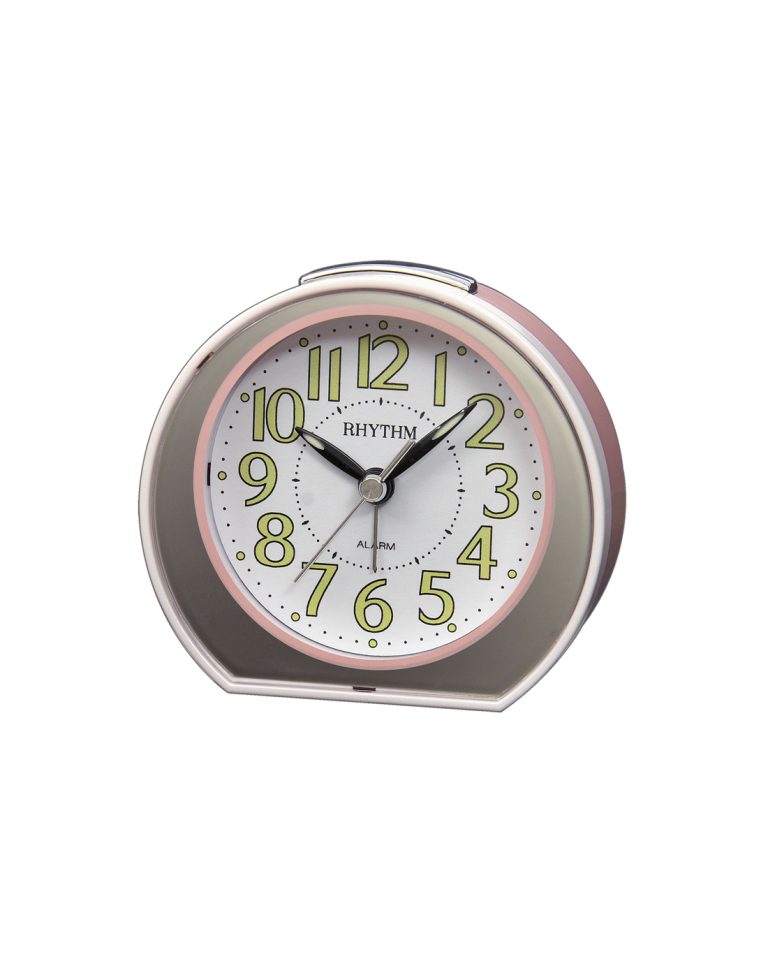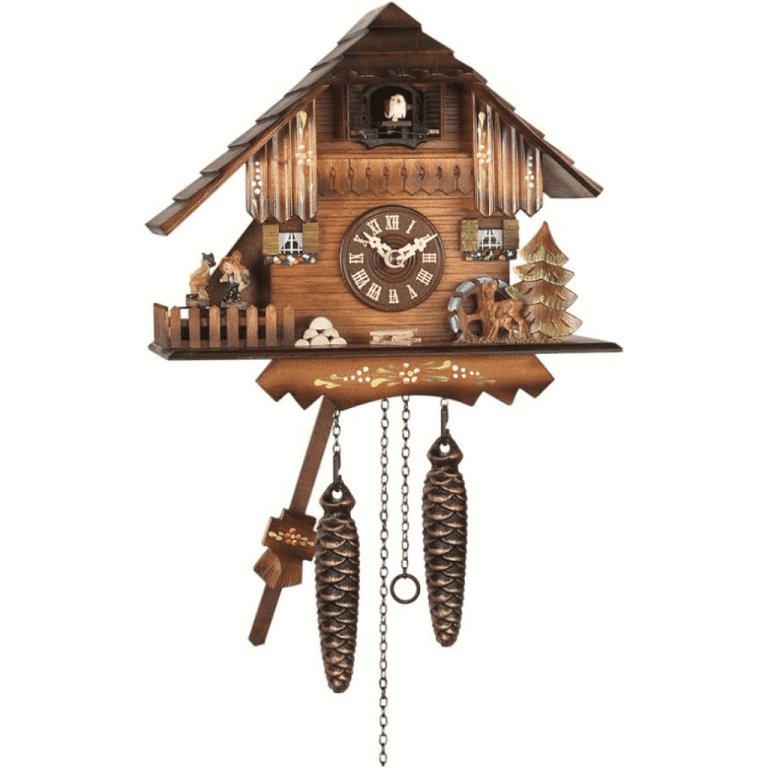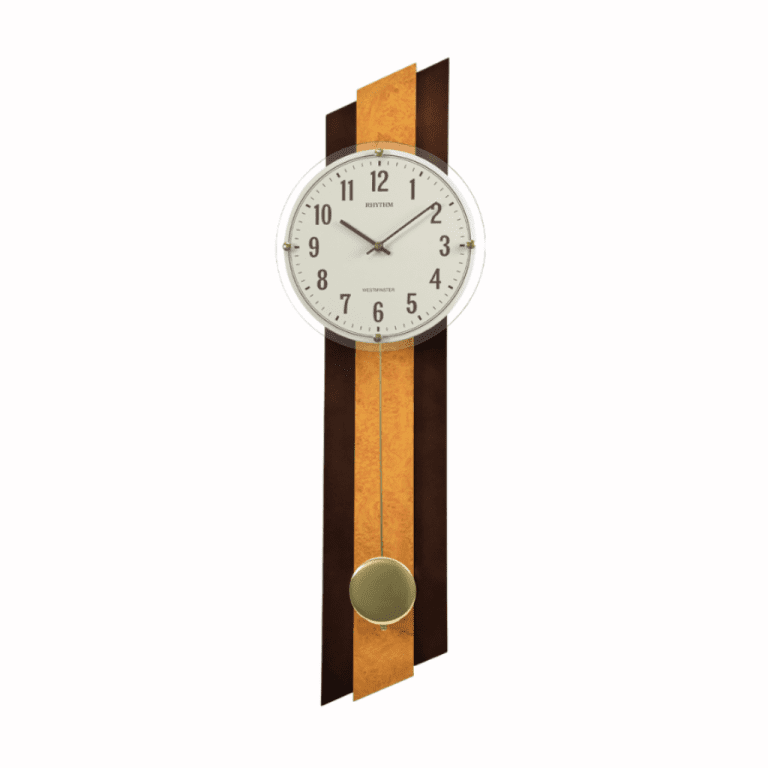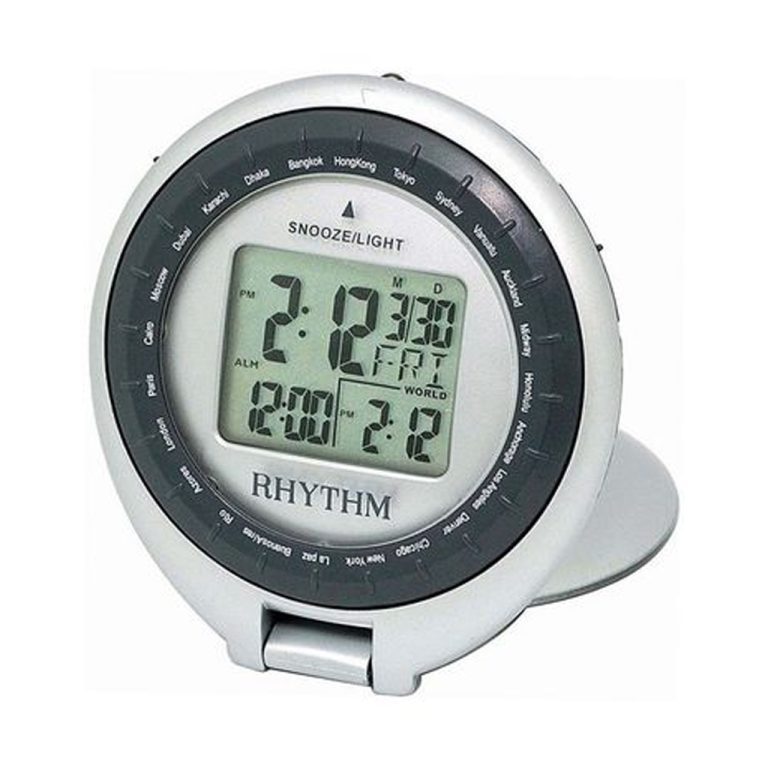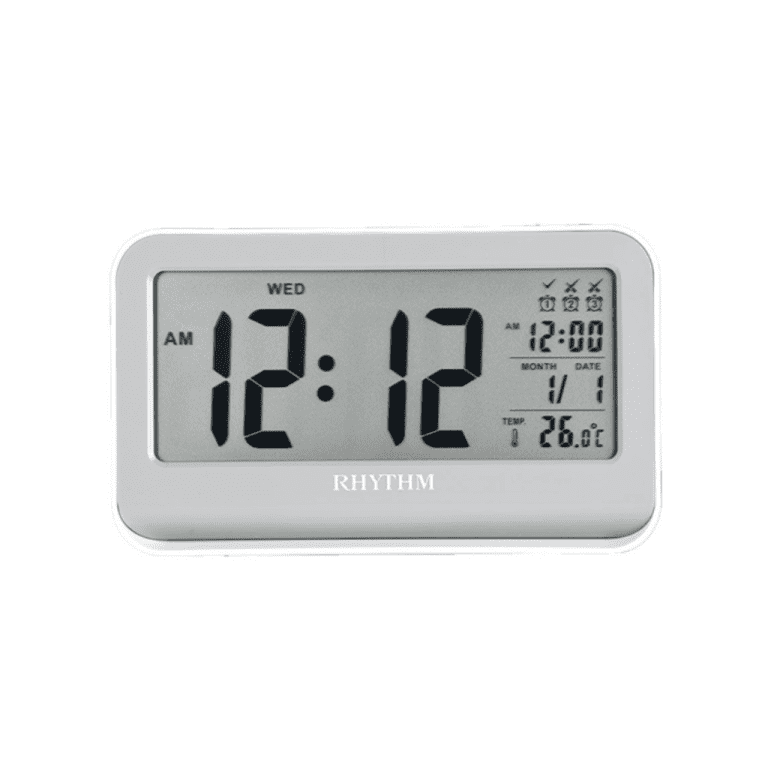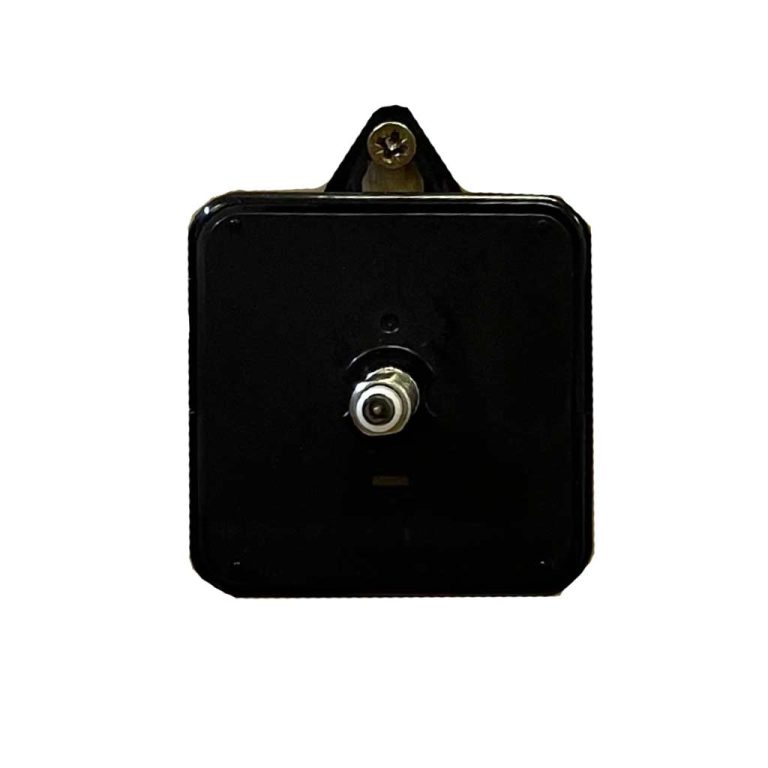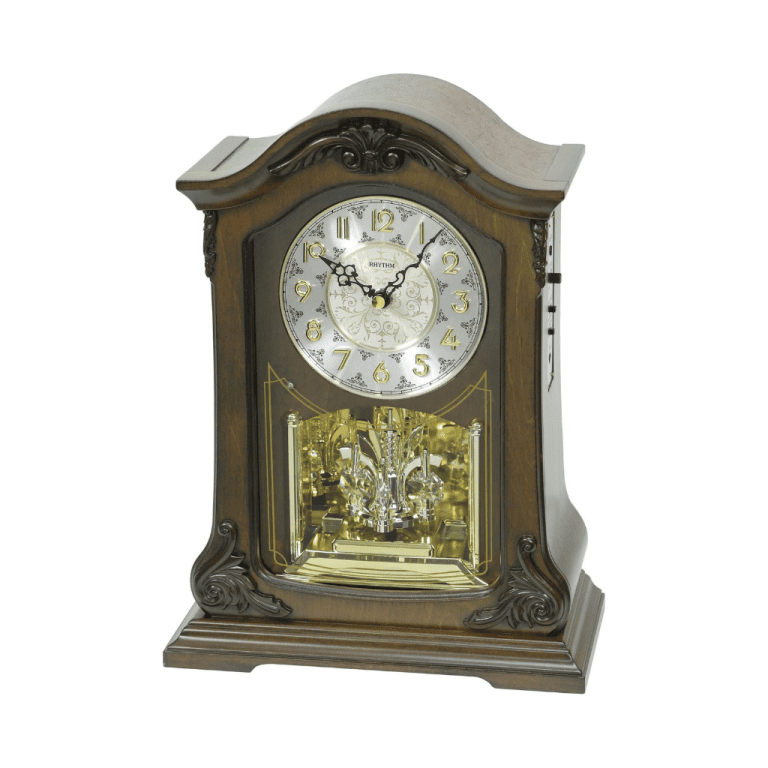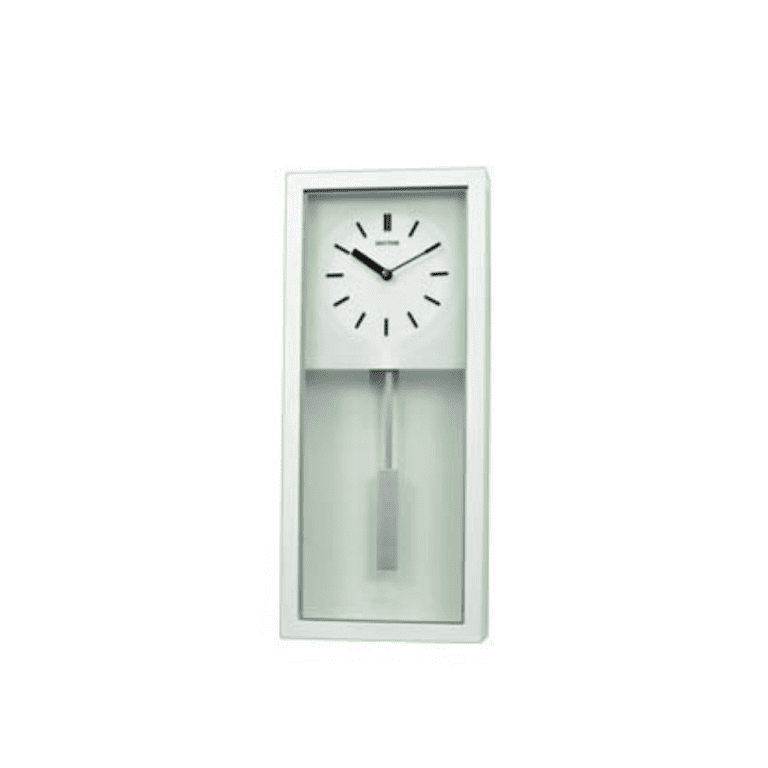You are probably familiar with this style of clock. Often it is a small brass clock with a 4 rotating balls covered by a plastic or glass dome. These are called torsion pendulum clocks, or 400-day clocks. They are also commonly called anniversary clocks- a nickname they received because they only need to be wound once every year, possibly on an anniversary. In truth, these clocks should be wound every month. This is because the mainspring loses energy as it winds down, causing the clock to not keep accurate time. Some anniversary clocks will run as long as 1000 days without being wound! What a feat!
The first torsion pendulum clock was patented in Germany by Anton Harder in 1879-1880. Production of these clocks peaked in the 1950s as German factories resumed full output following WWII. At this time, many anniversary clocks were exported to the U.S. or brought home by members of the armed forces overseas. They were often displayed in jewelry store windows, being marketed as a perfect anniversary gift. They were also great for store windows because their shiny oscillating pendulums were eye-catching to passers-by. These clocks are now very common family heirlooms in the United States.
But how do anniversary clocks work? They use something called a torsion pendulum, which was invented in 1793 by Robert Leslie. The torsion pendulum, often 4 balls or a disk, is attached to a torsion spring, which is a thin wire or ribbon. The torsion pendulum oscillates clockwise and counter-clockwise on the vertical axis of the wire, twisting and un-twisting the torsion spring. The force of the twisted spring allows it to swing in the opposite direction continuously and at a low speed. As this happens, the clocks gears (powered by the mainspring), sends a pulse of power to the top of the torsion spring which keeps the disc moving. Torsion pendulums have the same purpose as a normal pendulum- they regulate the timekeeping of the clock.
Because the torsion pendulum rotates slowly and requires very little energy to run, these clocks can run much longer between windings. While these little clocks were very successful commercially, they are not very reliable timekeepers.
Credited to: https://mistercuckoo.com/


